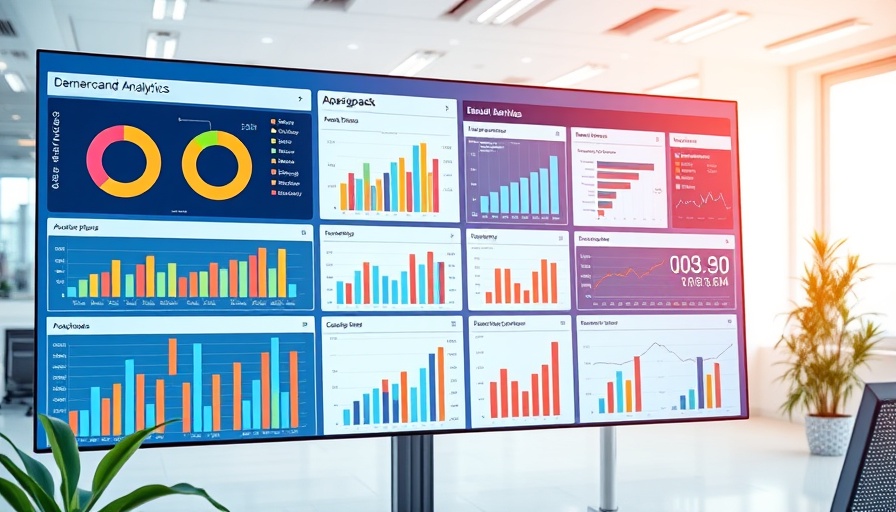
Revolutionizing Data Visualization: The Lasagna Plot
In the era of information overload, effective data visualization techniques are crucial for clear communication and understanding. The lasagna plot, an innovative alternative to traditional graphing methods, excels in presenting complex data such as U.S. gas prices over time. While visualization techniques like horizon plots aim to condense information, they often leave viewers baffled by their complexity. This article will explore why lasagna plots stand out as a straightforward and intuitive option for visualizing data effectively.
Simplifying the Complex: How the Lasagna Plot Works
The lasagna plot is a form of heat map where each row corresponds to a year, and the columns represent weekly averages of gas prices. This structure allows for a clear and engaging representation of trends over time without the confusion often created by overlapping data lines in spaghetti plots.
The horizontal axis of the lasagna plot reflects time, displaying weeks as individual units across the year. Each cell in the matrix is color-coded to indicate price changes, allowing viewers to quickly identify trends without having to decipher dense legends or scales. If you've ever glanced at a spaghetti plot filled with overlapping lines and thought, 'What does this mean?'—the lasagna plot offers a refreshing alternative that gets to the point in a visually appealing way.
Historical Context: The Evolution of Data Visualization
In the world of data visualization, simplicity is often a goal that gets overshadowed by the ambition to showcase data richness. Traditionally, line graphs and bar charts have dominated the landscape. However, as data complexity has increased, the field has seen a rise in innovative styles like horizon and lasagna plots. Understanding the evolution of these techniques helps underscore the importance of user-friendly visualizations in our data-driven society. This shift toward easier-to-understand formats is significant as we continue to navigate more complex datasets.
Exploring the Intersection of AI and Data Visualization
As artificial intelligence (AI) continues to infiltrate the domain of data analysis, tools are becoming increasingly sophisticated—and more user-friendly. AI algorithms can now automate the creation of lasagna plots, streamlining the process from raw data to finished visualization. This integration not only enhances productivity but also improves accessibility for non-technical users, democratizing data interpretation across various fields.
Why Knowing About Lasagna Plots Matters
With gas prices regularly fluctuating due to various economic factors, understanding these trends becomes crucial for economists, policymakers, and the average consumer alike. The ability to visualize this data through lasagna plots enables stakeholders to make informed decisions related to budgeting, resource allocation, and energy policy. Learning about such visualization methods is not just academic; it's a valuable skillset applicable in numerous sectors, especially as we face pressing economic decisions.
Future Trends: Lasagna Plots and Business Impact
Looking ahead, businesses searching for competitive advantages can employ lasagna plots and similar visualization methods to track metrics crucial to their success. From economic indicators like gas prices to consumer sentiment analysis, these graphic representations can help organizations make data-informed decisions quickly. As AI continues to play a role in data analytics, the sophistication of these visualizations is likely to rise.
Final Thoughts: Embracing Simplicity in Data Presentation
The lasagna plot exemplifies the adage 'less is more.' In a landscape where complex graphs often lead to confusion, adopting simpler visualization techniques can significantly enhance comprehension and communication. As the need for effective data visualization grows, leveraging tools like lasagna plots could shape the future of data analysis, empowering individuals and organizations to grasp critical insights more readily.
As we delve deeper into AI technology and its applications, understanding visualization methods such as the lasagna plot can be pivotal. To stay ahead of technological advancements and their implications, consider exploring your own AI learning path. Understanding these concepts will enrich your perspective and enable you to utilize these powerful tools effectively.
 Add Row
Add Row  Add
Add 




Write A Comment